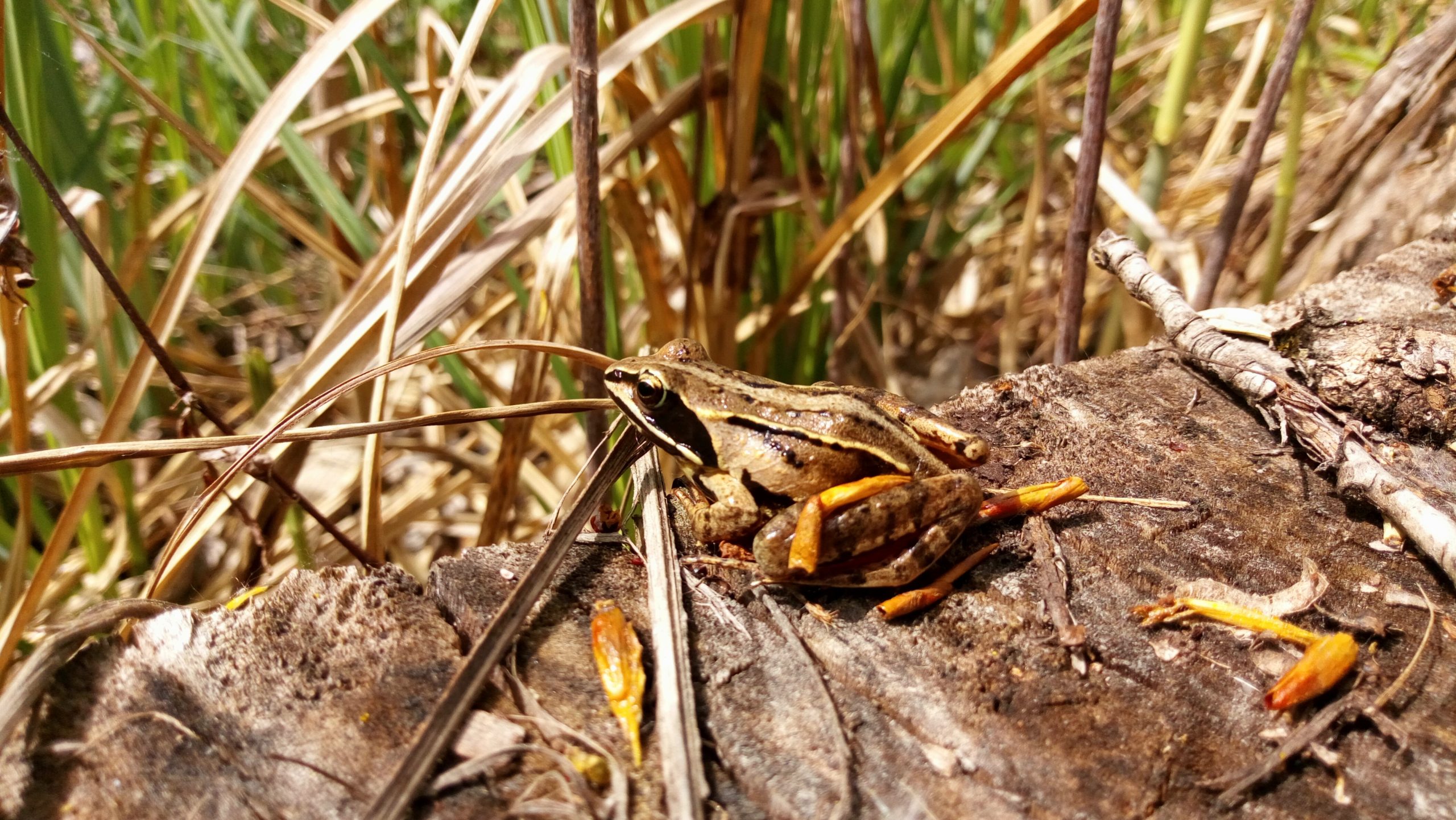Monitoring of Amphibians 2023
Also in 2023, as part of the LIFE Danube Floodplains project, we continued with the monitoring of amphibians at the locations of Dobrohošť, Kráľovská lúka, Bakanské rameno and its surroundings, Istragov and Dedinské ostrovy. The goal of the monitoring is to document the population status of individual species of amphibians in the project area and capture the impact of restoration measures and simulated floods on their reproduction.
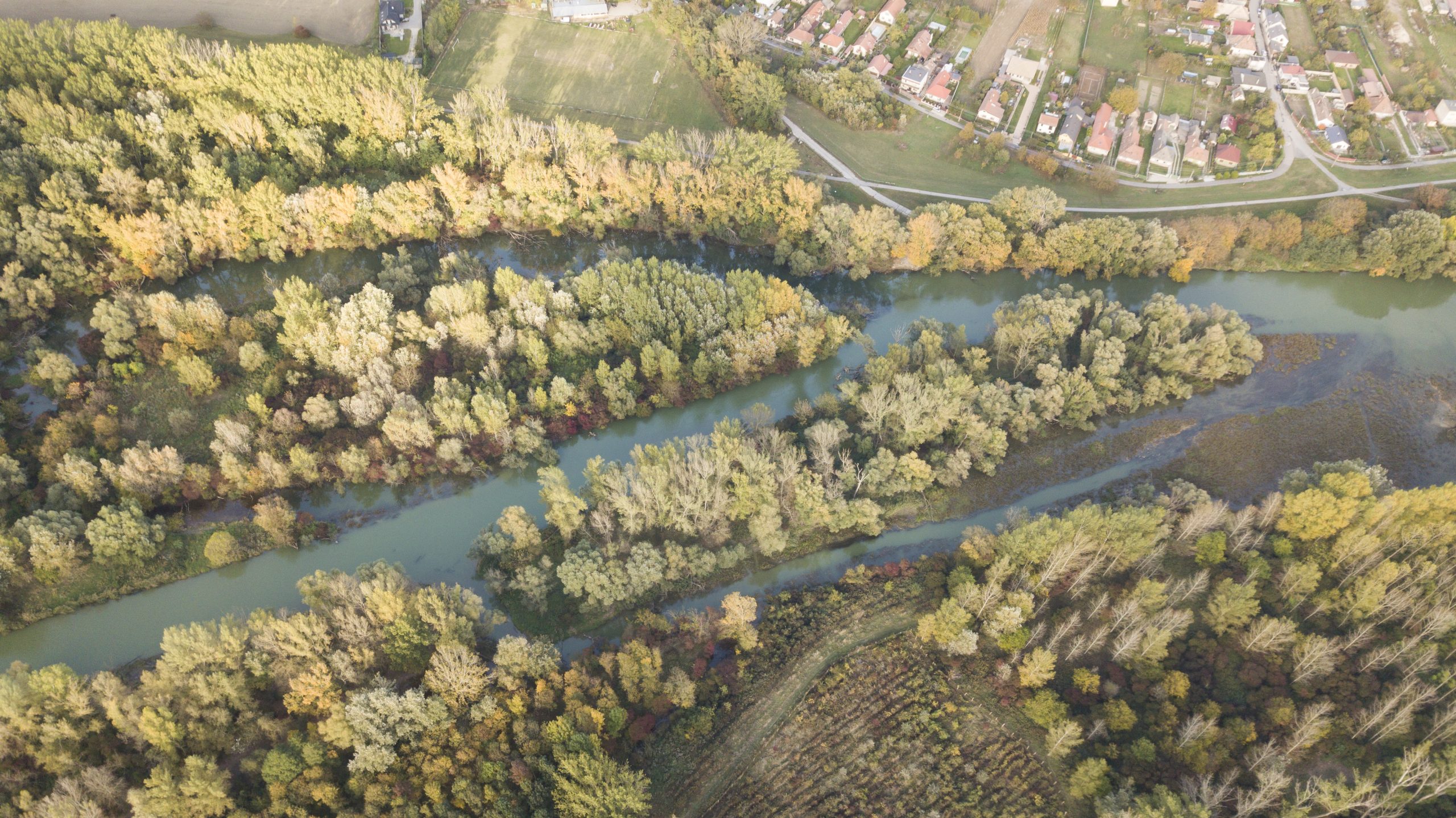
In 2023, a spring simulated flood took place in the branch system of the Danube in period 26.3-28.4 with a maximum flow of 90 m3/s and during the summer flood in the period 15.7.-1.8. the long-awaited flow rate of 120 m3/s (during 5 days) was pilot tested. The branches of the inland Danube delta are subsidized by water through the inlet object in Dobrohošť.
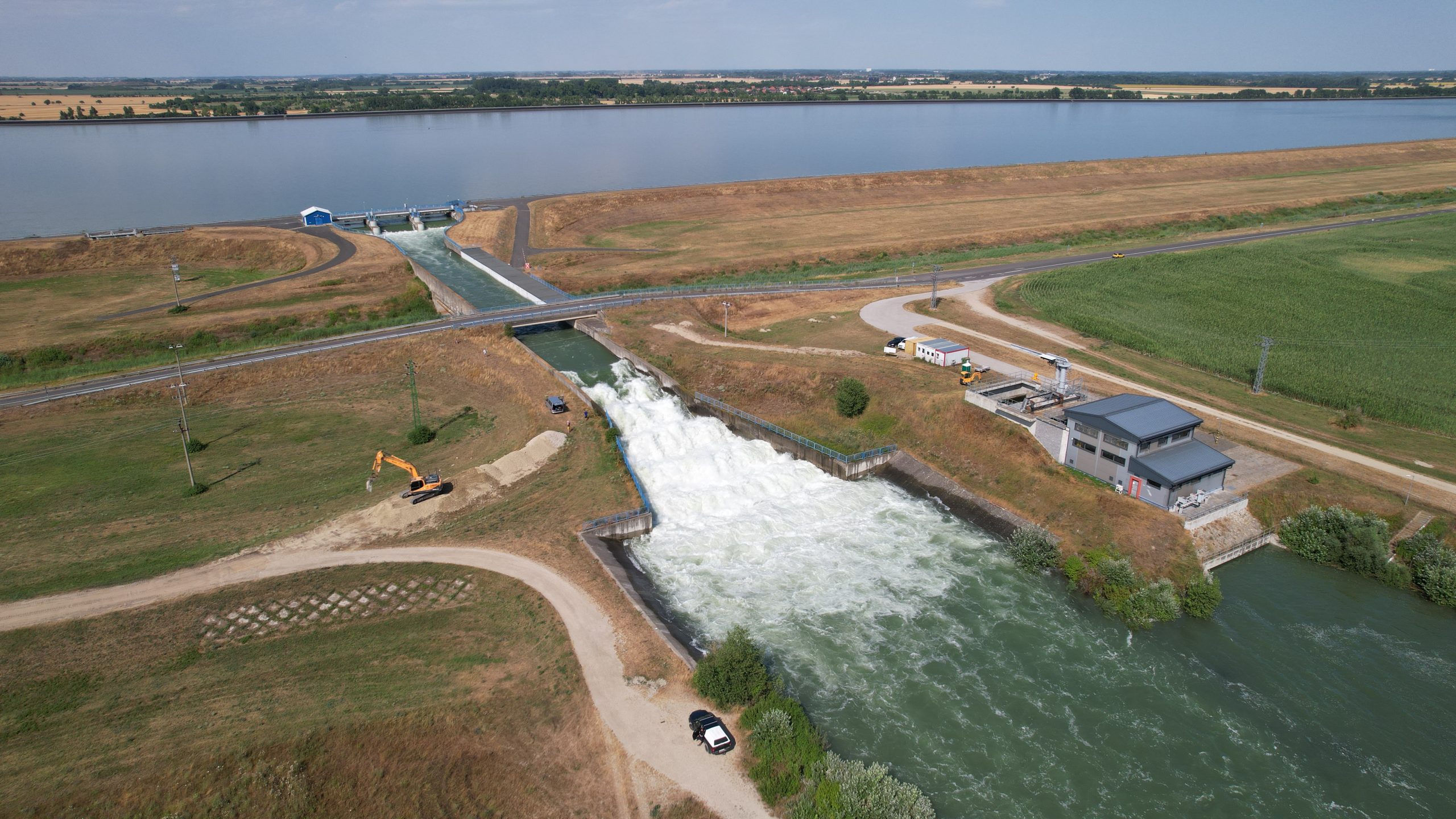
In March before the floods, the periodically flooded localities around Dobrohošť were mostly dry with few litters. Only deeper and permanently inundated places were full of water and with more numerous clutches. However, the simulated spring flood had a beneficial effect on all monitored sites and contributed to their inundation and the subsequent high abundance of amphibians. The areas were abundantly watered from April to mid-June.
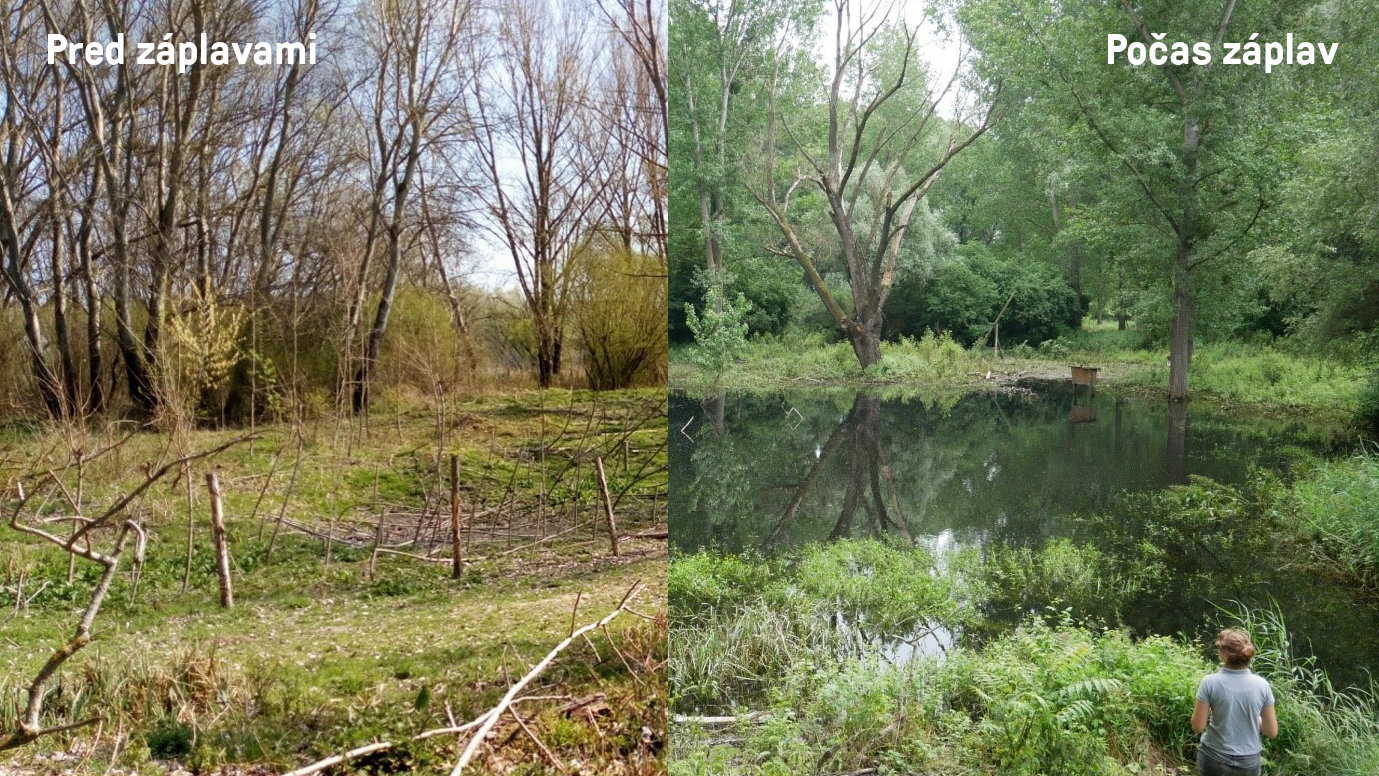
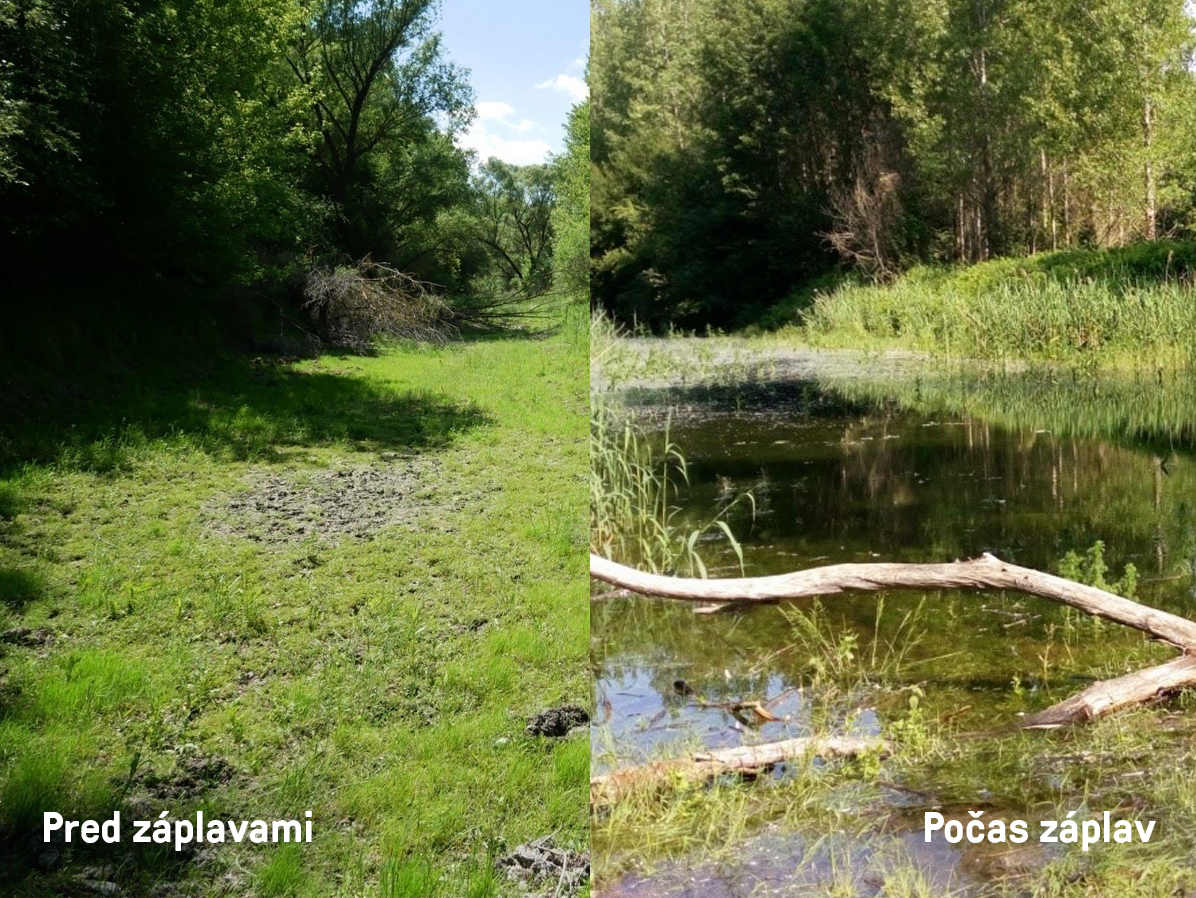
Last year, artificial channels were built on the Istragov site, through which water flows from the Dedinské ostrovy to Istragov itself. This contributed to the rapid inflow of water after the onset of flooding; the relict arms filled with water within a few hours.
The abundant flooding of the locality Bakanské river branch during the spring simulated flood was reflected in the abundance of amphibians, including the relatively rare Danube crested newt. The wetland at this location lost a lot of water after the spring flood receded, but was restored by the summer flood. The wetland is completely isolated from other water bodies on the site, and the state of the water in it depends only on the groundwater level. The simulated flood thus obviously affects wetlands through the groundwater, which cannot be irrigated by the surface route.
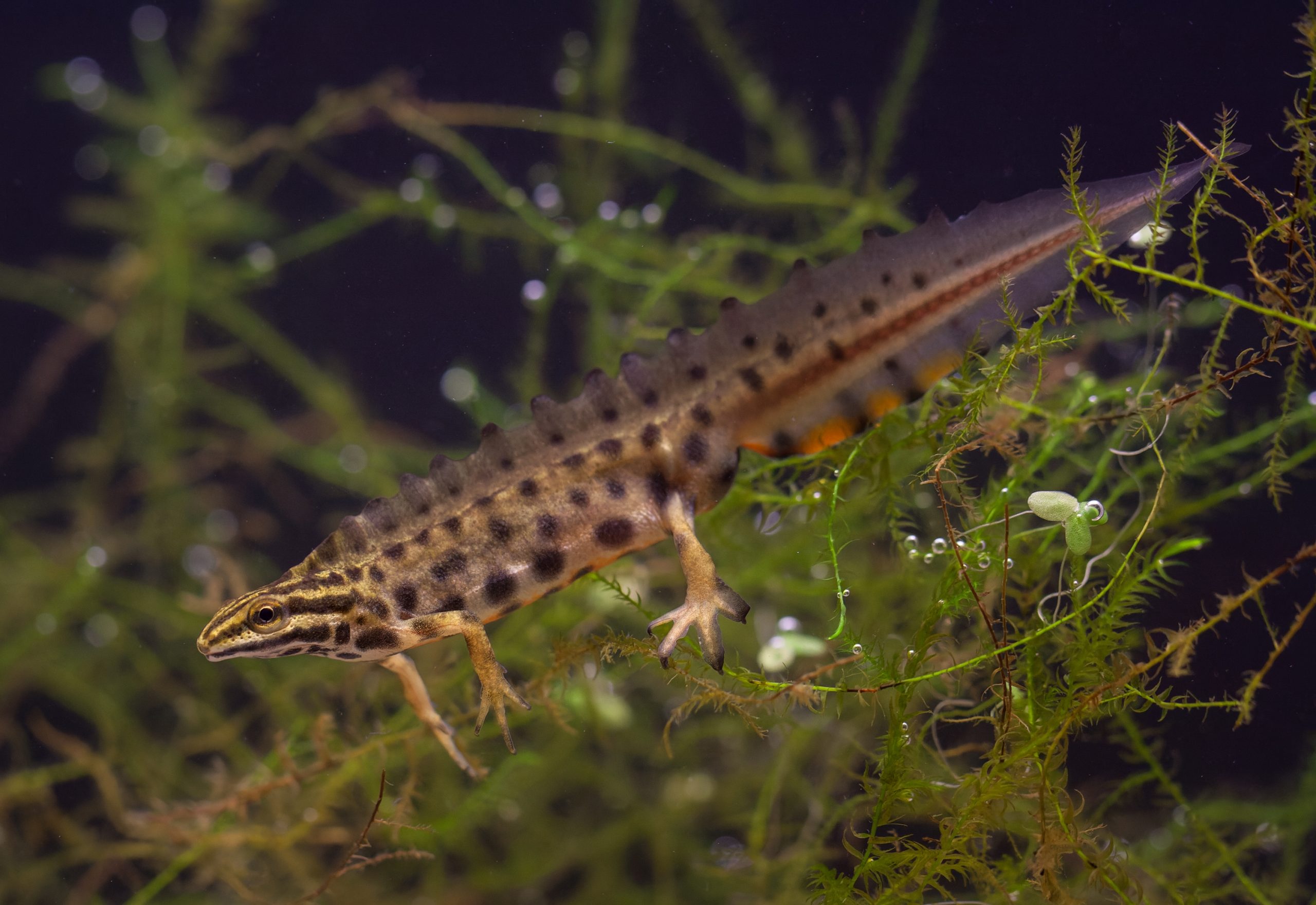
Overall, the year 2023 was relatively favorable for amphibians at the monitored locations. The rainy spring (May) and both simulated floods contributed to this. We consider the situation at the beginning of spring to be unfavorable, when many areas were completely dried out and without amphibians. Potential start of the spring simulated flood at the beginning of March, or already at the end of February would be very suitable for species that reproduce in early spring (e.g. the agile frog, the moor frog).
